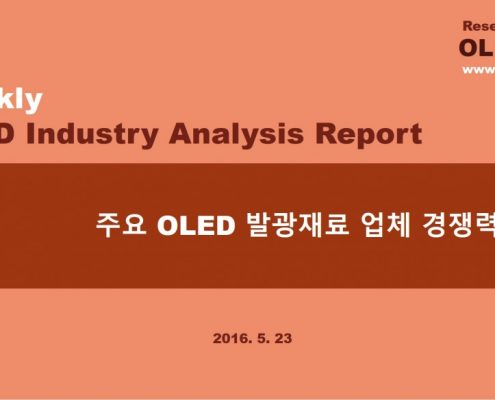Dr. Andreas Haldi joins CYNORA as Chief Marketing Officer

Source = Cynora
Hyunjoo Kang / jjoo@olednet.com
CYNORA, a leader in blue TADF (thermally activated delayed fluorescence) materials, has appointed Dr. Andreas Haldi as its Chief Marketing Officer.
With his strong technical and business experience, Andreas Haldi will reinforce CYNORA in the forthcoming commercialization of its high performance blue OLED materials.
CYNORA is preparing the commercialization of its emitting materials for OLEDs. The company is hiring Andreas Haldi to further enhance its already good relationships with the major display makers and to now prepare with them the implementation of its materials in their products.
Andreas Haldi has close to 15 years of experience in the OLED materials field and profound knowledge of the Asian display market. Prior to joining CYNORA, Haldi held manager positions in R&D and sales at Novaled GmbH. For the last five years he was headquartered in Seoul, Korea, as Novaled’s representative in front of the major AMOLED display makers in Asia.
“I am very happy to get Andreas on board” says Gildas Sorin, CYNORA’s CEO. “We are preparing ourselves intensively for the commercialization of our blue emitters. Thanks to his proven skills on OLED and his experience in Asia, Andreas will help us to build up our success as a leading supplier for TADF materials.”
“I am looking forward to joining CYNORA” says Andreas Haldi, “CYNORA has shown its expertise and its impressive capability to progress rapidly during the last 8 months. CYNORA has a great potential to become key player in the OLED material industry.”
The appointment of the new CMO is a significant signal of CYNORA’s further development and its forthcoming market entry. Blue TADF-based emitters will enable a significant reduction of power consumption in OLED devices and will allow higher display resolution. CYNORA owns a broad IP portfolio with over 100 patent families and is aiming for over 600 patents.

















